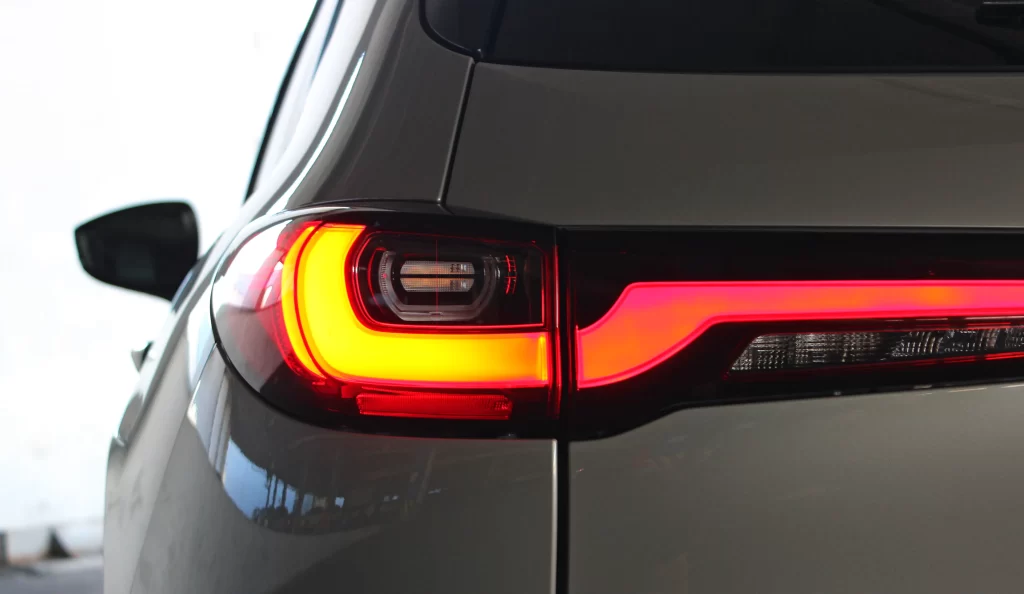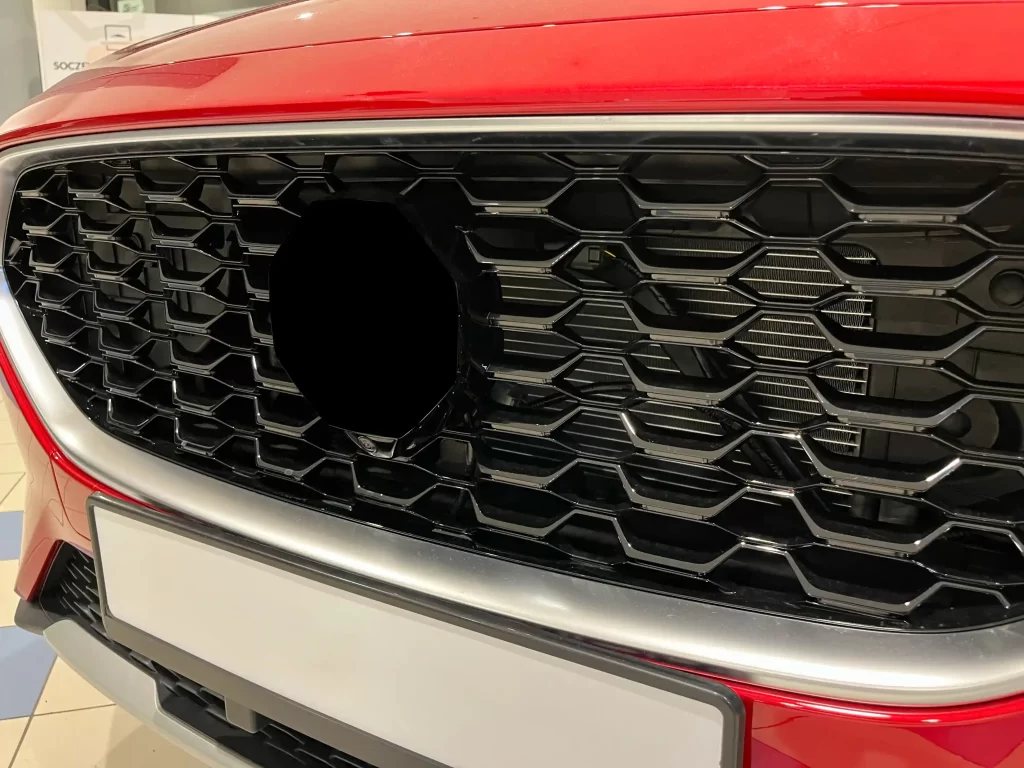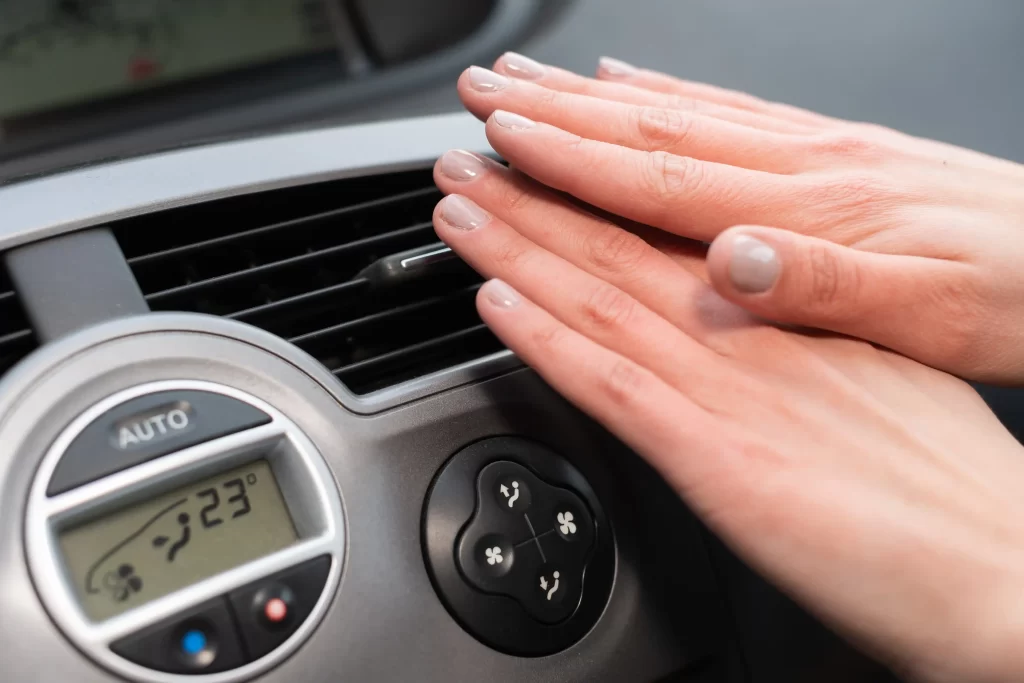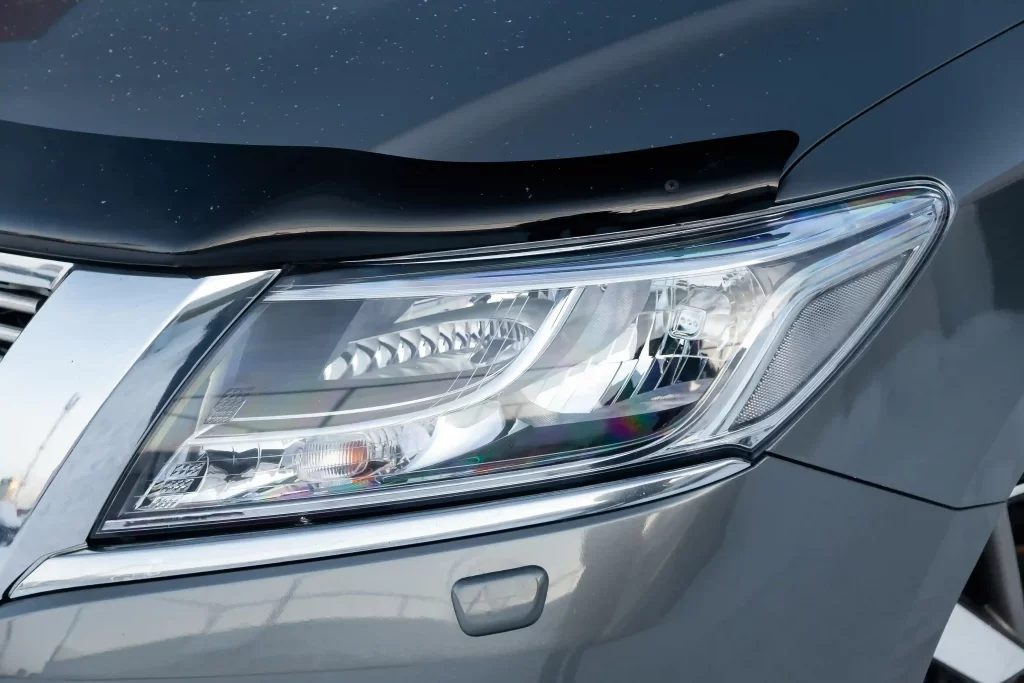In the intricacies of automobile engineering, engine temperatures need to be just right. Electric fans have a crucial role to play in this context, ensuring cars are running economically and safely. Electric fans are a crucial component of the cooling system of modern cars, particularly high-performance cars where precision and reliability are of utmost importance. Besides circulating air, electric fans also have an important contribution to overall engine efficiency, fuel efficiency, and car longevity, all of which are reasons they are a necessity for modern car systems.
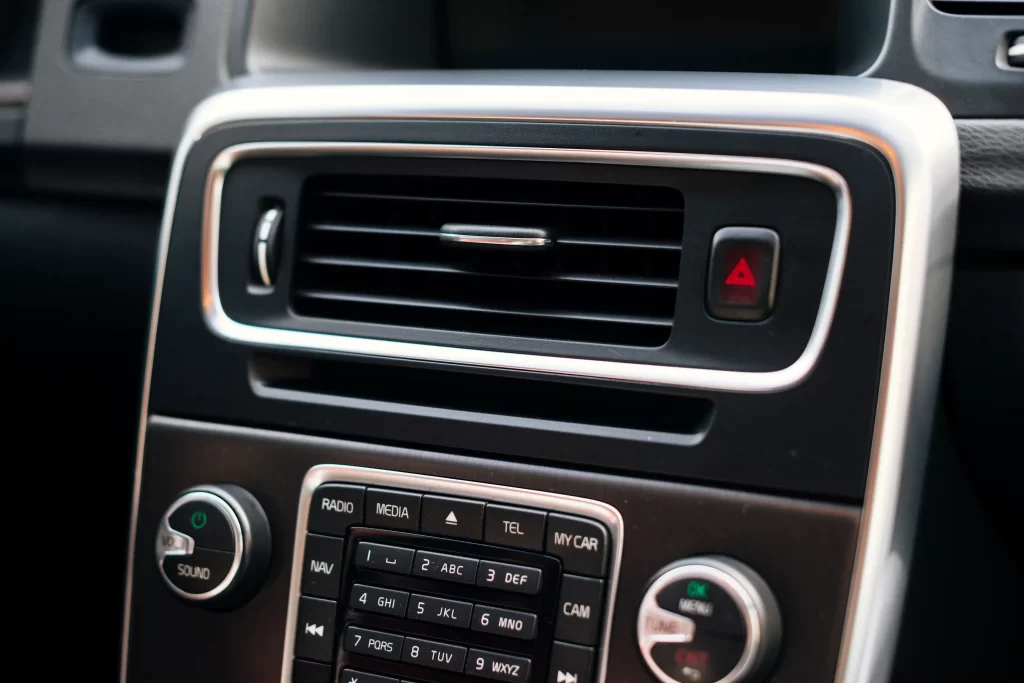
Understanding the Functionality of Electric Fans in Vehicles
Electric fans serve to lower the engine’s temperature by circulating away the excess heat. The fans are designed to work once the engine reaches a particular temperature threshold, drawing air from the radiator and cooling the coolant liquid. This is meant to prevent the engine from overheating and incurring vast damage and repair at huge cost. Contemporary electric fans are typically made up of sensors and thermostatic controls such that airflow is best matched depending on engine requirements to enhance performance and safety.
Importance of Electric Fans in Engine Performance
Engine performance is also directly proportional to operating temperature. A very hot engine would experience high friction, which would also cause poor lubrication and even failure of parts. Electric fans avoid this by possessing an operating temperature in a range that is stable, thereby providing higher durability and engine performance. Well-designed fans for vehicles typically imply that fuel economy is improved since engines underneath them operating at a certain level of temperature would consume lesser fuel and run well under various drive conditions.
Types of Electric Fans Used in Automotive Applications
There are almost two types of electric fans used in automobiles: pusher and puller fans. Pusher fans are located in front of the radiator and blow air through it, while puller fans are located behind the radiator and draw air through. The choice between them is based on the automobile design and cooling requirement. Some automobiles utilize dual-fan systems for improved cooling performance, particularly crucial for high-performance models or those operating in extreme climate conditions.
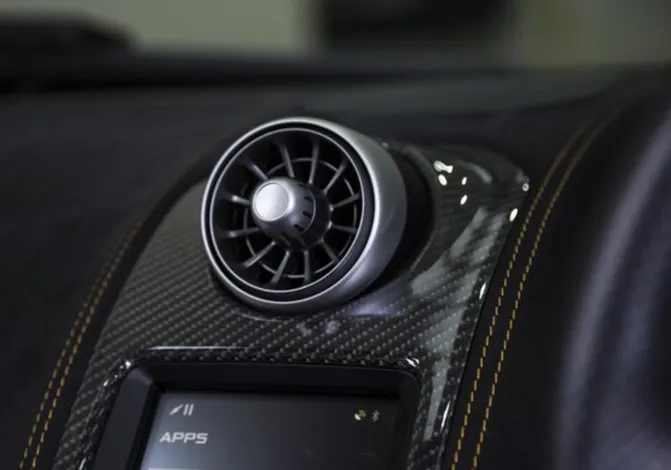
Key Features of High-Quality Electric Fans
When selecting an electric fan for use in cars, some specifications must be addressed to offer optimal performance and compatibility. High-quality fans are not only designed to fit the engine compartment perfectly but also to work under extreme conditions like high heat, vibrations, and fluid or dust exposure. The design affects airflow efficiency, noise, and vehicle performance.
Power and Voltage Specifications
Electric fans have varying power ratings, usually between 400W and 600W. The voltage is usually compatible with the electrical system of the vehicle, 12V being common in most vehicles. An appropriate power rating enables the fan to blow sufficient air through the radiator even in severe engine loading or high ambient temperature to prevent overheating of the engine as well as ensure consistency in performance.
Material Composition and Durability
The life of an electric fan is based on its production. The high-quality fans are composed of a combination of metal and plastic, and they are extremely strong yet lightweight. They provide longer lifetimes and can operate under extreme conditions in the engine compartment, including motor vehicle fluids, coolant, and oil exposure. More advanced fan designs incorporate strengthened blades and heat-insulating housings that reduce the chance of warping, cracking, or failure upon repeated use over several driving seasons, offering even performance throughout several driving seasons.
Compatibility with Specific Vehicle Models
One must be careful to ensure that an electric fan would fit a particular model of vehicle. The makers have specifications of direct fit, including dimensions and mounting locations. An appropriate fan provides sufficient airflow, prevents electrical issues, and guarantees overall vehicle safety.
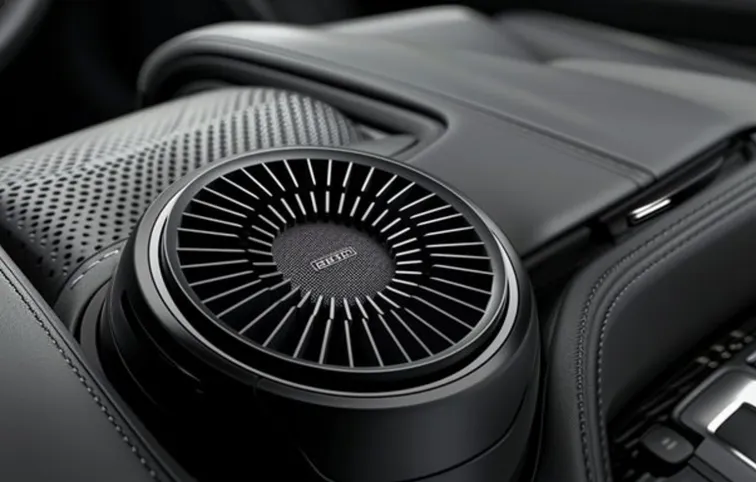
Installation and Maintenance Considerations
Appropriate installation and appropriate maintenance of electric fans are utmost essentials to successful operation. Either lack of one or both can lead to diminished cooling capacity, generation of heat, and potential engine damage. Any maintenance work must include both visual and running checks so that the fan is guaranteed to operate satisfactory throughout its entire life.
Installation Guidelines
It must be installed by professional individuals so that the fan is not installed and connected to the car electrical system in the incorrect manner. Inefficiency in operation or destruction of the fan and other components is most likely to result from incorrect installation. Correct wiring, torque mounting, and radiator placement are important considerations that gauge the life of the fan as well as maximum performance, especially for vehicles that are subjected to stop-and-go traffic or harsh weather conditions on a daily basis.
Maintenance Practices
Routine check of fan operation is recommended. It involves making sure that any abnormal sound, vibration, or wear is inspected. Fan blades are to be cleaned and inspected to make sure the electrical connections are properly secured in order to prolong the life of the fan and maximize performance. Routine checks of fan operation at different engine temperatures assist in determining potential failures before they impact the car, causing them to break down and be very expensive to fix.
Innovations in Electric Fan Technology
Electric fans have, of recent, undergone improvements precipitated by technological advancement for greater efficiency and performance. Modern fans come equipped with intelligent controls, adjustable speed motors, and aerodynamic blade design for optimal cooling with reduced energy consumption. The improvements result in improved fuel economy and reduced noise for enhanced comfort while driving.
Intelligent Fan Controls
Some newer electric fans even include onboard sensors, which modulate fan speed in response to actual engine temperature and load conditions. Sophisticated control like this avoids the fan operation when not needed, saves energy, and reduces fan motor wear, along with wear on the automotive electrical system. These systems also optimize engine efficiency by maintaining the optimal operating temperature more consistently.
Aerodynamic Blade Design
Improved fan blade design has maximum flow with minimal resistance and turbulence. Inclined and curved blades minimize air flow resistance by the radiator without requiring high horsepower motors. This results in quieter operation, reduced energy use, and improved cooling even at high-speed operation or extreme weather conditions.
Integration with Vehicle Cooling Systems
Electric fans are also being integrated into advanced car cooling systems, such as radiators, intercoolers, and AC condensers. Through the regulation of the operation of multiple components simultaneously, newer fans stabilize engine temperatures while supporting other essential systems, like air conditioning. Through this integration, the overall performance of a car is made stable even under high-performance states or extended usage.
Advantages of Upgrading to Modern Electric Fans
Buying newer electric fans with enhanced technology has several benefits compared to cooling. Newer fans are built with the best materials, high-efficiency motors, and intelligent functions, all of which benefit in on-road vehicle performance, fuel economy, and engine life.
Improved Fuel Efficiency
New electric fans are significantly more power-efficient than older models, achieving optimal cooling without placing excessive demand on the vehicle’s electrical system. By reducing the load on the alternator and other electrical components, the engine can operate more efficiently, which translates directly into improved fuel economy. Over time, this efficiency can result in measurable cost savings, especially for drivers who regularly commute long distances or operate in stop-and-go traffic conditions. In addition, reducing energy wastage lowers the overall strain on the engine, contributing to better performance and less frequent maintenance needs.
Enhanced Engine Protection
High-quality modern fans are designed to provide consistent airflow even under extreme temperature or weather conditions. This consistent cooling helps prevent the engine from overheating, reducing the risk of damage to delicate internal components such as gaskets, pistons, and cylinder heads. By maintaining a stable operating temperature, modern fans also reduce long-term wear on engine parts, which is particularly important for high-performance vehicles or those with high mileage. The improved reliability and durability of these fans help prevent unexpected breakdowns, keeping drivers safe and minimizing costly repairs.
Quieter Operation and Comfort
Modern electric fan designs also emphasize noise reduction, creating a more comfortable and enjoyable driving experience. Advanced fan blades are aerodynamically shaped to maximize airflow while minimizing turbulence and mechanical noise. Coupled with variable-speed motors that adjust fan operation based on engine demand, these fans deliver efficient cooling quietly, avoiding the loud, intrusive noise associated with older models. The quieter operation enhances cabin comfort, contributing to a sense of mechanical refinement and providing a smoother, more pleasant ride for both drivers and passengers, even during long journeys or high-speed driving conditions.
Conclusion
Electric fans are a vital component of new car cooling systems. Their function in managing engine temperatures keeps cars operating efficiently, safely, and dependably. With their mode of action, their optimal characteristics, maintenance requirements, and cutting-edge technologies, automobile owners are in a good position to make the correct choices regarding their cooling system. Investing in top-quality electric fans designed for specific car types optimizes engine performance, fuel efficiency, and longevity, consequently converting into greater driving pleasure and security. Replacing or keeping your car’s electric fan is a cheap step towards protecting your engine, boosting efficiency, and ensuring steady performance regardless of conditions. Welcome to visit us at Mercedes-Benz BMW Headlight, tail light mill, body kit OEM&ODM factory manufacturer to learn more details.

